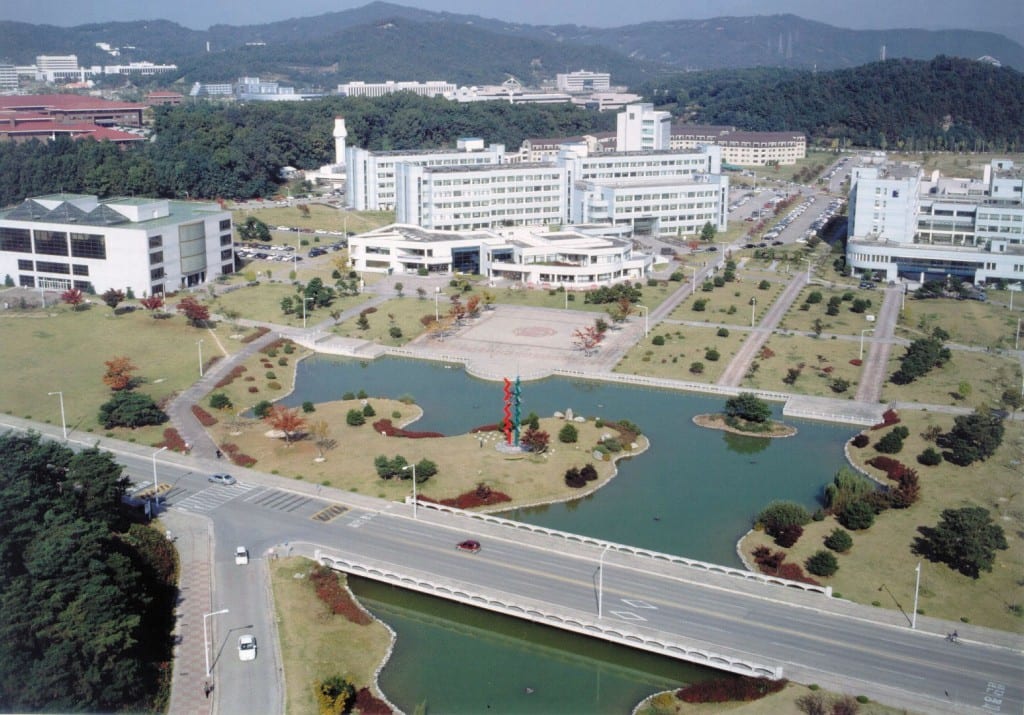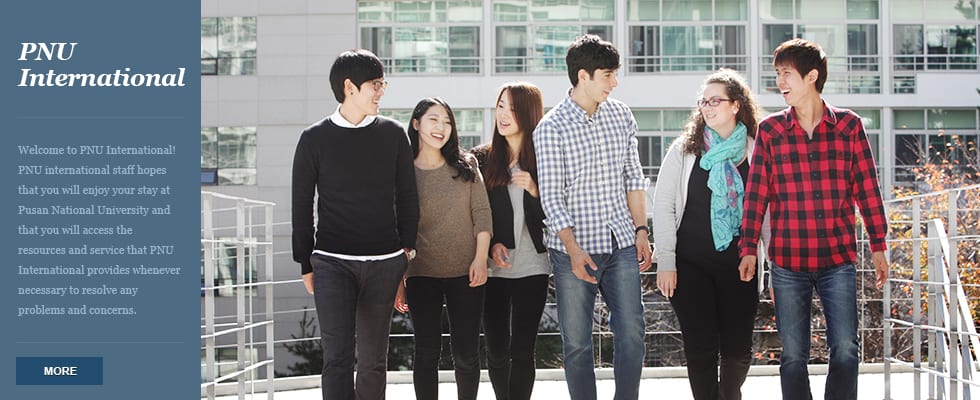South Korea is a sovereign state in East Asia, constituting the southern part of the Korean Peninsula. The name Korea is derived from the Kingdom of Goryeo, also spelled as Koryŏ. It shares land borders with North Korea to the north, and oversea borders with Japan to the east and China to the west. Roughly half of the country’s 50 million people reside in the metropolitan area surrounding its capital, the Seoul Capital Area, which is the second largest in the world with over 25 million residents. The Republic of Korea was proclaimed in August 1948 and received UN-backed support from the US after it was invaded by the North two years later. The Korean War ended in 1953 without a peace agreement, leaving South Korea technically at war for more than fifty years. The following four decades were marked by authoritarian rule. Government-sponsored schemes encouraged the growth of family-owned industrial conglomerates, known as “chaebol”. Foremost among them were the Hyundai and Samsung groups. South Korea is one of the Asian Tigers along with Hong Kong, Singapore and Taiwan which have free and highly developed economies which grew rapidly between the 1960s and the 1990s.
South Korea is noted for its population density, which is 487 per square kilometer, more than 10 times the global average. Most South Koreans live in urban areas, because of rapid migration from the countryside during the country’s quick economic expansion in the 1970s, 1980s and 1990s. The capital city of Seoul is also the country’s largest city and chief industrial center. As of 2005, just under half of the South Korean population expressed no religious preference. Of the rest, most are Buddhist or Christian. According to the 2007 census, 29.2% of the population at that time was Christian (18.3% identified themselves as Protestants, 10.9% as Roman Catholics), and 22.8% were Buddhist. The earliest religion practiced was Korean shamanism. Today, freedom of religion is guaranteed by the constitution, and there is no state religion.
South Korea tends to have a humid continental climate and a humid subtropical climate, and is affected by the East Asian monsoon, with precipitation heavier in summer during a short rainy season called jangma (장마), which begins end of June through the end of July. Winters can be extremely cold with the minimum temperature dropping below −20 °C (−4 °F) in the inland region of the country: in Seoul, the average January temperature range is −7 to 1 °C (19 to 34 °F), and the average August temperature range is 22 to 30 °C (72 to 86 °F). Winter temperatures are higher along the southern coast and considerably lower in the mountainous interior. Summer can be uncomfortably hot and humid, with temperatures exceeding 30 °C (86 °F) in most parts of the country. South Korea has four distinct seasons; spring, summer, autumn and winter. Spring usually lasts from late-March to early- May, summer from mid-May to early-September, autumn from mid-September to early-November, and winter from mid-November to mid-March.
Educations
Education in South Korea is highly valued in the national culture and is regarded as crucial to socioeconomic success in South Korean society. Competition is consequently fierce, with many participating in intense outside tutoring to supplement classes to gain a competitive edge over their peers. Investment in education and research has been at the heart of the South Korea’s growth into the world’s 13th largest economy and the third largest economy within Asia. We have several best university in South Korean if you interested in study there:
-
Seoul National University
 The highest ranked of universities in South Korea, Seoul National University is ranked 34th in the 2013/14 QS World University Rankings® and fourth in the 2014 QS University Rankings: Asia. Founded as late as 1946 as South Korea’s first national university, Seoul National University is one of the three prestigious “SKY” universities and provides research-led liberal education to over 30,000 students from undergraduate to PhD level. According to data collected by the Korean Educational Development Institute, Seoul National University spends more on its students per capita than any other Korean university with more than 10,000 students.
The highest ranked of universities in South Korea, Seoul National University is ranked 34th in the 2013/14 QS World University Rankings® and fourth in the 2014 QS University Rankings: Asia. Founded as late as 1946 as South Korea’s first national university, Seoul National University is one of the three prestigious “SKY” universities and provides research-led liberal education to over 30,000 students from undergraduate to PhD level. According to data collected by the Korean Educational Development Institute, Seoul National University spends more on its students per capita than any other Korean university with more than 10,000 students.The school has two campuses in the city of Seoul, one in Gwanak on the southern side of the city and one within the city center in the district of Jongno, which is also the largest campus in the capital. Seoul National University also has an impressive portfolio of international partnerships; as many as 273 universities in 56 countries collaborate with the school. Comprehensive Research University Thanks to this ‘education fever’, Seoul National University has grown remarkably in the past six decades. Now comprising 16 colleges and associated graduate schools, 6 professional graduate schools, and 65 research institutes, the SNU community has expanded to nearly 23,000 students and 2,500 faculty members. Seoul National University has a strong performance in the 2014 QS World University ere it appears within the global top 20 for chemistry, environmental studies and electrical engineering
-
KAIST (Korea Advanced Institute of Science and Technology)
 Korea Advanced Institute of Science and Technology (KAIST) is the first and top science & technology research university in Korea. Founded in 1971 to raise elites in science & technology, critical for Korea’s economic takeoff, KAIST has been the gateway to advanced science & technology, innovation, and a driving engine for the development of Korea for past 4 decades. KAIST has always been touted as Korea’s top-notch research university of science wunderkinds and world famous faculty members. KAIST strives to address global challenges facing humanity through competitive research innovation and convergence. In order to meet the new demands of producing young talents who care for global citizenship and social responsibility, KAIST now offers cross-disciplinary academic and research. KAIST fosters the innovation and creativity of global “thought leaders” who no longer abide by the boundaries between disciplines and departments, but instead work under the greater umbrella of interdisciplinary academic convergence.
Korea Advanced Institute of Science and Technology (KAIST) is the first and top science & technology research university in Korea. Founded in 1971 to raise elites in science & technology, critical for Korea’s economic takeoff, KAIST has been the gateway to advanced science & technology, innovation, and a driving engine for the development of Korea for past 4 decades. KAIST has always been touted as Korea’s top-notch research university of science wunderkinds and world famous faculty members. KAIST strives to address global challenges facing humanity through competitive research innovation and convergence. In order to meet the new demands of producing young talents who care for global citizenship and social responsibility, KAIST now offers cross-disciplinary academic and research. KAIST fosters the innovation and creativity of global “thought leaders” who no longer abide by the boundaries between disciplines and departments, but instead work under the greater umbrella of interdisciplinary academic convergence.Located in Daejeon, KAIST, is the second-highest ranked Korean institution. A public research university with a current student population of just over 10,200, KAIST was established as the nation’s first research-led science and engineering institution. It ranks 60th in the 2013/14 QS World University Rankings, second in the 2014 QS University Rankings: Asia, and came third in the 2013 QS Top 50 Under 50, a ranking of the world’s top 50 universities under 50 years old. The majority of programsat KAIST are within STEM (science, technology, engineering and mathematics) fields, and the university ranks among the world’s top 50 institutions for many of these subjects.
-
Pusan National University
Pusan National University is one of the top ranked universities in Korea and leads the nation in research and higher education. Established in May 1946, the university provides educational opportunities in almost allareas of study and supports the needs of quality higher education in the southeastern area of the country. Located in Busan, South Korea, Pusan National University. Opening with two faculties, the Faculty of Humanites and the Faculty of Fishery, PNU has grown to be a prestigious university standing abreast with world renown university. PNU now comprises 12 colleges, a general graudae school, and 6 professional graduate schools, and contributes to the development of the nation by producing prominent experts and talented leaders.


